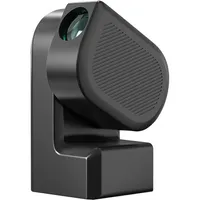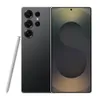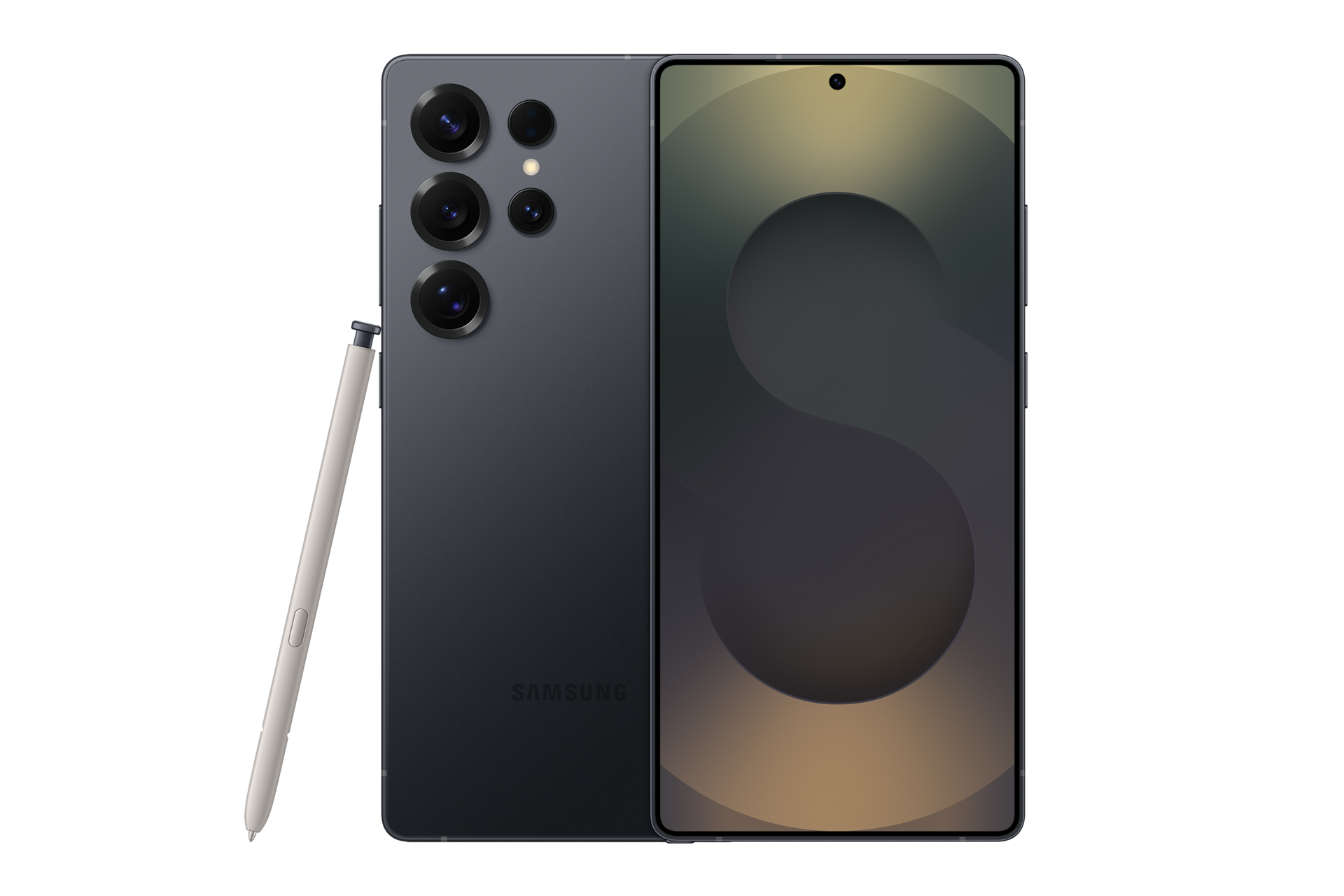Perseids meteor shower peaks tonight — here's how to spot hundreds of shooting stars
Don’t miss the Perseids! The spectacular meteor shower has arrived
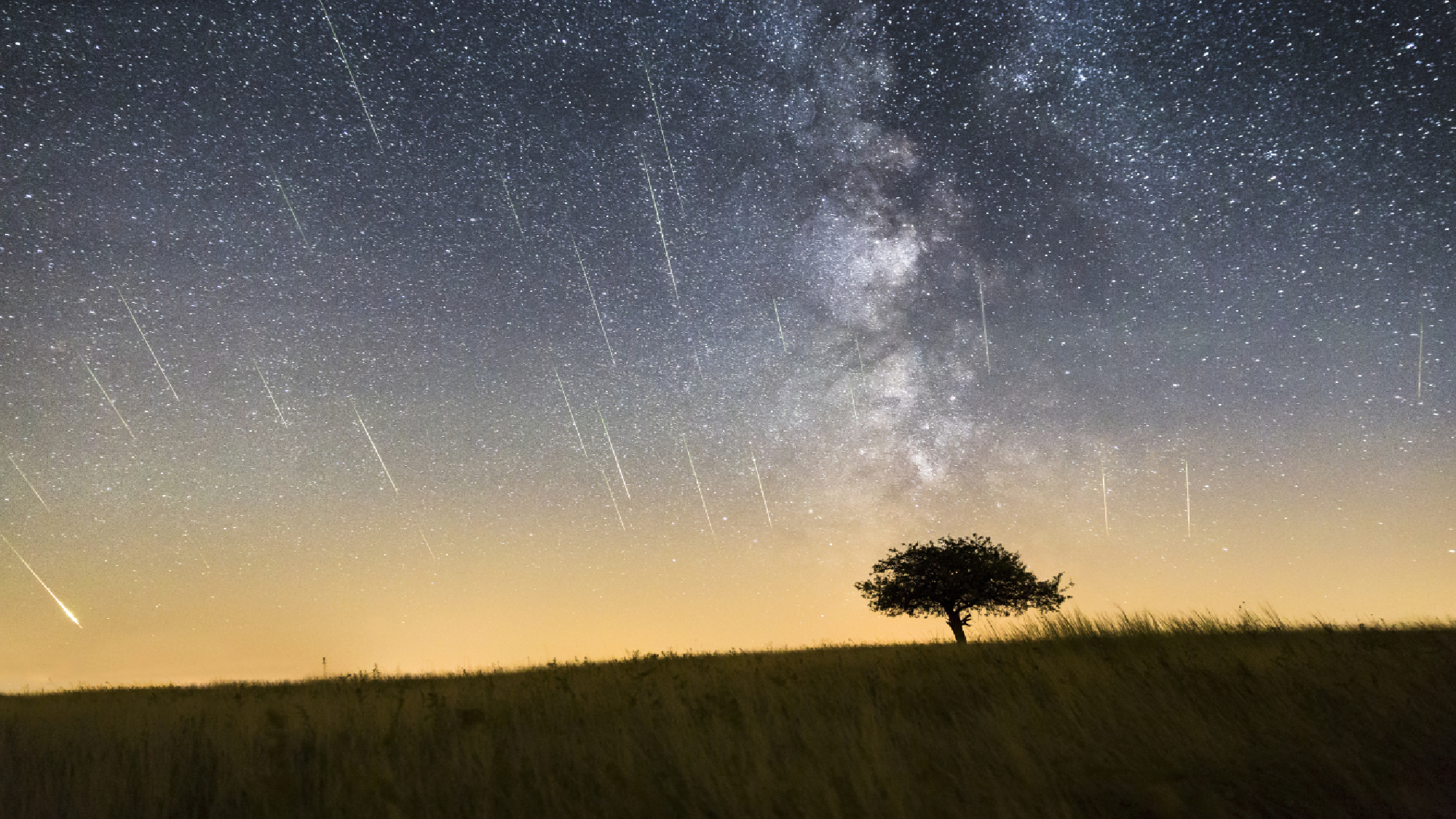
The Perseid meteor shower peaks tonight, offering one of the year's best opportunities to see shooting stars streak across the sky.
While this annual celestial display usually produces up to 75 meteors per hour, moonlight will reduce visibility this year, making only the brightest meteors visible to the naked eye.
Even with the reduced count, it’s still worth looking up — the Perseids are known for their long, glowing trails, occasional bursts of color, and moments when multiple meteors appear within seconds of each other.
Here's how to make the most of tonight's meteor shower and why a smart telescope might be your best viewing companion.
See farther into the universe with the Seestar S50 smart telescope. You don't need to be an astrophotography pro because you can control the telescope with your smartphone and easily capture stars, nebulas, and galaxies with ease.
What are the Perseids and how to watch them
When Earth drifts through a trail of dust and debris left by a comet or, on rare occasions, an asteroid, the particles slam into our atmosphere and burn up in quick, brilliant streaks. That’s the simple science behind a meteor shower.
The Perseids make their appearance every August, thanks to Earth’s predictable path through the same debris stream. They’re one of the most dependable showers of the year, often producing dozens of meteors an hour.
This time around, your best bet is to watch after midnight and into the early morning, with peak activity between 2 a.m. and 3 a.m. local time through August 13. Spend at least 20–30 minutes in the dark to let your eyes adjust, and you’ll have the best chance of spotting the brightest showers.
Get instant access to breaking news, the hottest reviews, great deals and helpful tips.
How to get the most out of the Perseids
1. Find the darkest sky you can
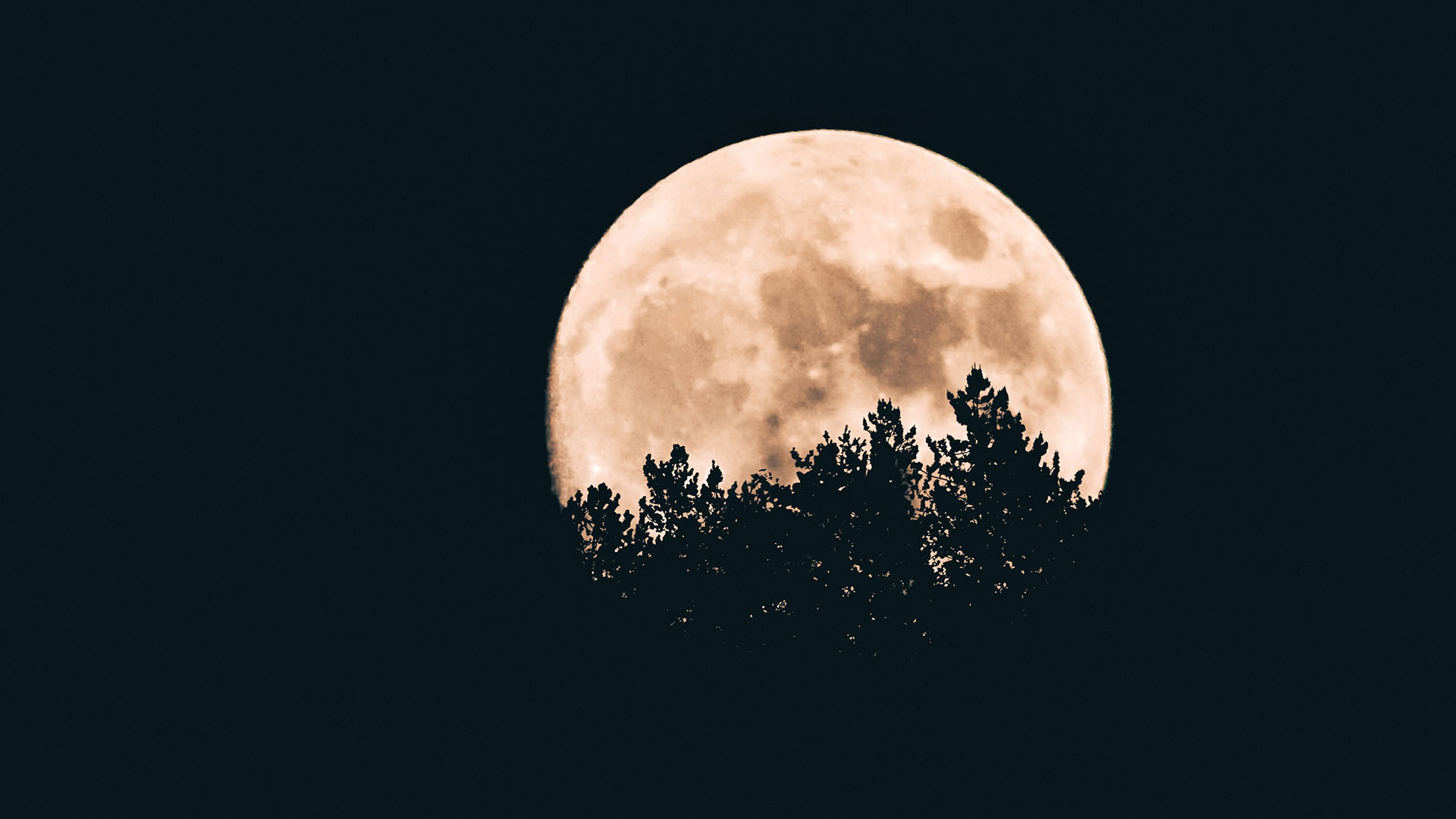
Light pollution is your biggest enemy. If possible, get away from city or suburban glow. Even a 20-minute drive can dramatically improve your view. Once you’re there, avoid looking at your phone screen or using bright flashlights.
2. Face Perseus (but keep your eyes roaming)

The meteors will appear to radiate from the constellation Perseus in the northeast, but they can streak across any part of the sky. Keep a wide field of view, and don’t fix your gaze too tightly on one spot — you’ll see more shooting stars that way.
3. Let your eyes adapt
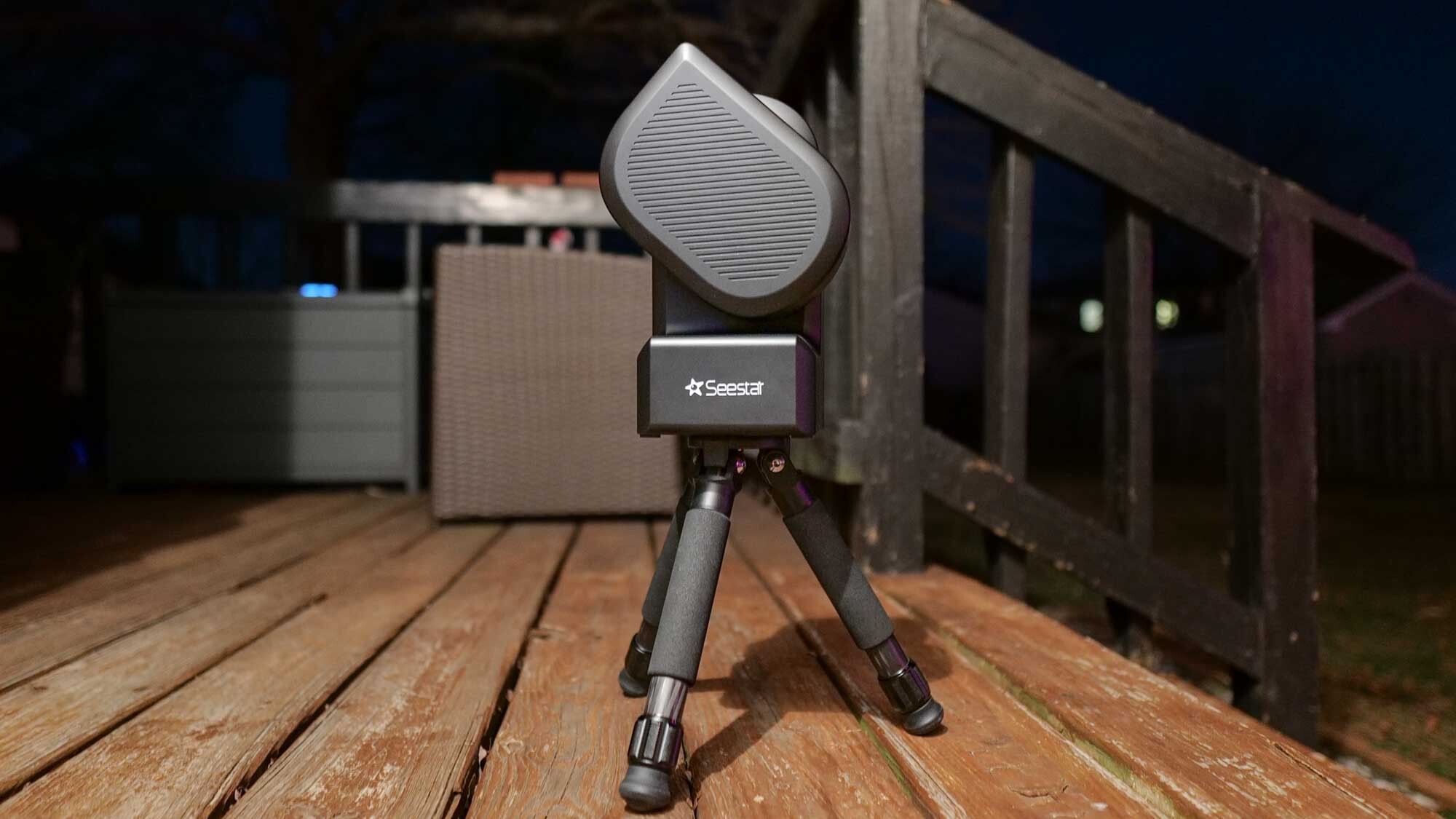
Give yourself 20–30 minutes in the dark before expecting to see the fainter meteors. As your night vision kicks in, the sky will reveal more detail from subtle meteor streaks to star clusters you might not spot at first.
Why smart telescopes are a game-changer
Bright moonlight can wash out all but the most vivid meteors, leaving your eyes to miss many of the faint streaks. A smart telescope’s sensor sidesteps that problem, picking up trails you’d never spot unaided, along with the star fields and constellations that frame the show.
Unlike traditional telescopes, which demand star charts, manual tracking, and precise focusing, smart telescopes do the hard work for you. Control everything from your phone, tap to track a target, and let the telescope handle the rest.
Even the best phone cameras like Apple's iPhone 16 Pro, Samsung's Galaxy S25 Ultra and the Pixel 9 Pro are limited to stars and moon shots. Smart telescopes can capture deep-space objects and subtle details that a phone simply can’t detect.
John Velasco, Tom’s Guide’s Senior Phones Editor and an avid astrophotographer, has put smart telescopes through their paces on plenty of celestial events — meteor showers included.
“I love using the SeeStar S30 and S50 smart telescopes for all sorts of astrophotography,” he says. “While they’re designed to image deep space objects like galaxies, nebulas, and star clusters, I’ve used them to capture meteor showers as well.”
Between the two, John recommends the S30 for meteor showers thanks to its wider field of view. “The S50’s longer telephoto zoom is great for detail, but it has a narrower field of view. The S30 sees more of the sky, which makes it more ideal for catching meteors.”
His go-to method is to switch the telescope into timelapse mode. “That way, it’ll keep taking images automatically and you won’t miss a meteor that flashes across the sky in the blink of an eye,” John explains. “I usually just point to one section of the sky and let timelapse mode do its thing.”
Follow Tom's Guide on Google News to get our up-to-date news, how-tos, and reviews in your feeds. Make sure to click the Follow button.
More from Tom's Guide
- This smart telescope is light years better than phones
- I fell in love with astrophotography thanks to smart telescopes
- I’m pairing my smartphone with this telescope for the next solar eclipse

Kaycee is Tom's Guide's How-To Editor, known for tutorials that skip the fluff and get straight to what works. She writes across AI, homes, phones, and everything in between — because life doesn't stick to categories and neither should good advice. With years of experience in tech and content creation, she's built her reputation on turning complicated subjects into straightforward solutions. Kaycee is also an award-winning poet and co-editor at Fox and Star Books. Her debut collection is published by Bloodaxe, with a second book in the works.
You must confirm your public display name before commenting
Please logout and then login again, you will then be prompted to enter your display name.
